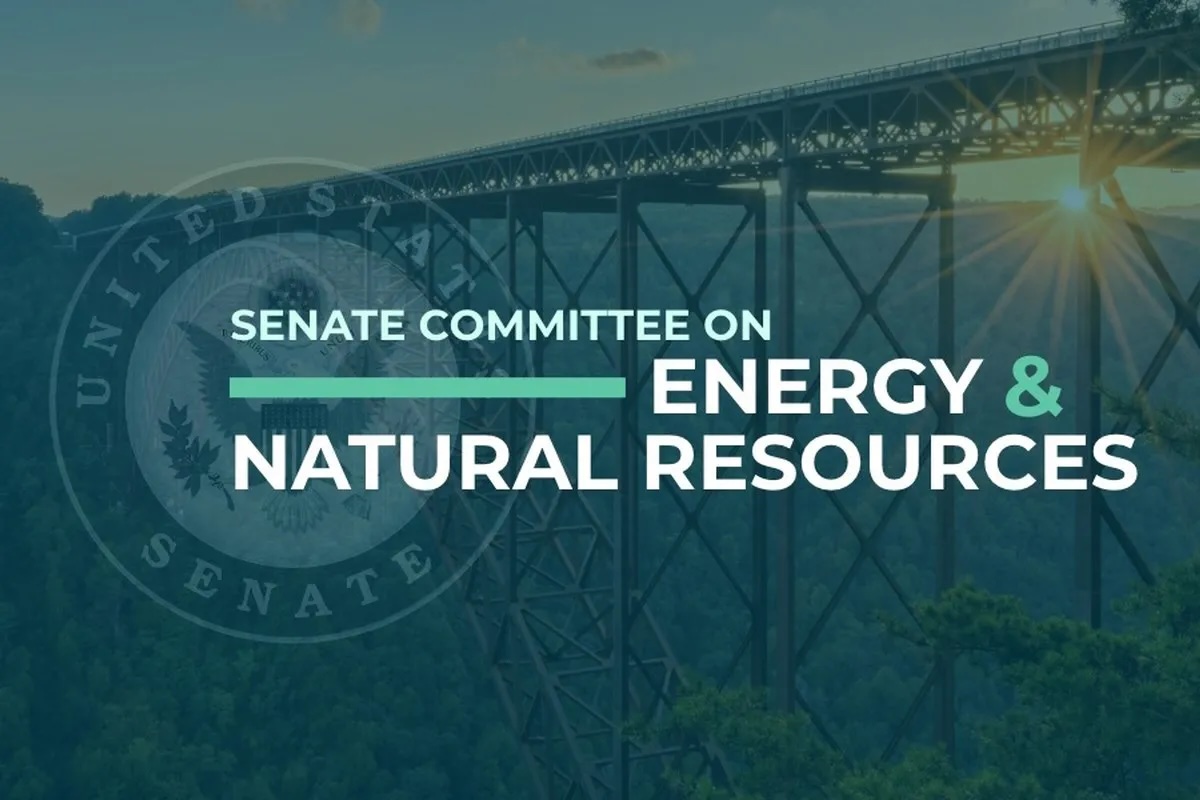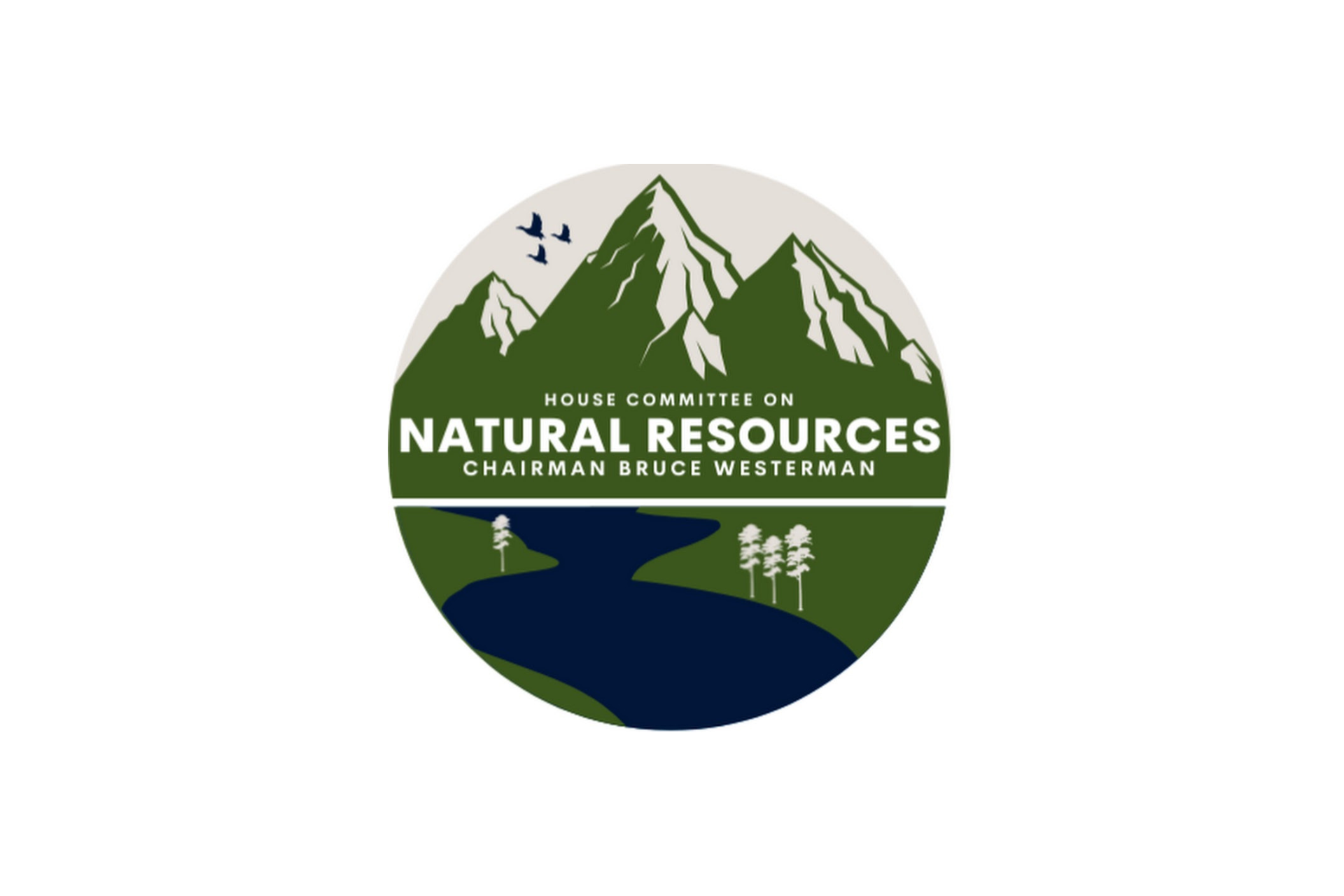After Hurricane Maria, there was a severe shortage of saline, the UV fluids used for most people admitted to hospitals. About half the U.S. supply is made in Puerto Rico by Baxter. The company was still unable to ship their goods more than six months after the 2017 hurricane season, creating life-threatening shortages. Hospitals across the country used saline solution that was past its expiration date, and some even used tap water.
After Hurricane Fiona, Baxter announced that there would be no shortages and no delays. Eli Lilly and Johnson & Johnson made equally encouraging statements, saying there would be no supply chain disruption this time around.
Hurricane Fiona was a Category 1 hurricane rather than a Category 5 like Maria, but it knocked out electricity and jeopardized the water supply all across the Island. It created enormous destruction, just as Hurricane Maria did. The Category definitions of hurricanes are based on wind speed. Hurricane Maria had stronger winds, but Hurricane Fiona had extreme rain and storm surges. The reason the pharmaceutical companies didn’t face disruptions was not the difference between the two storms
The reason for the supply chain stability
Instead, the difference was caused by the actions taken by the pharmaceutical companies in the five years between Hurricanes Maria and Fiona.
Baxter invested a billion dollars in their plants, making sure the buildings were resilient, the generators were prepared for long-term use, and plenty of fuel was on hand. They used the lessons of the 2017 hurricane season to make changes in the way they handle inventory. The investment required was large, but they faced an estimated $70 million in financial losses after Hurricane Maria, so it was certainly worthwhile.
Eli Lilly also participates in public health efforts centered on disaster preparedness. After Hurricane Maria, they brought in thousands of doses of insulin to help people whose access to medication was disrupted by the hurricane, and since that time they have increased their donations for the purpose and worked with other organizations to fine tune their systems of delivery.
What about the public response?
Congress allocated millions of dollars to disaster relief for Puerto Rico, but very little of the funds actually reached the Island.
In the five years since Hurricane Maria’s hit Puerto Rico, the electrical grid has not been improved, the water authority has not upgraded their systems, and repairs have not been completed.
If the territory had made the kinds of changes and investments that the pharmaceutical companies made, Hurricane Fiona would not have affected the people of Puerto Rico as severely as it did. As it stands, many post-Maria repairs had not been completed, and some of the repairs that had been made were destroyed in Hurricane Fiona. President Biden promised, “We will rebuild it all,” when he visited the Island after the recent hurricane. Learning from the hurricanes so far is key to rebuilding in a sustainable way.


